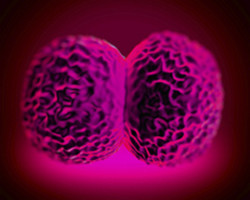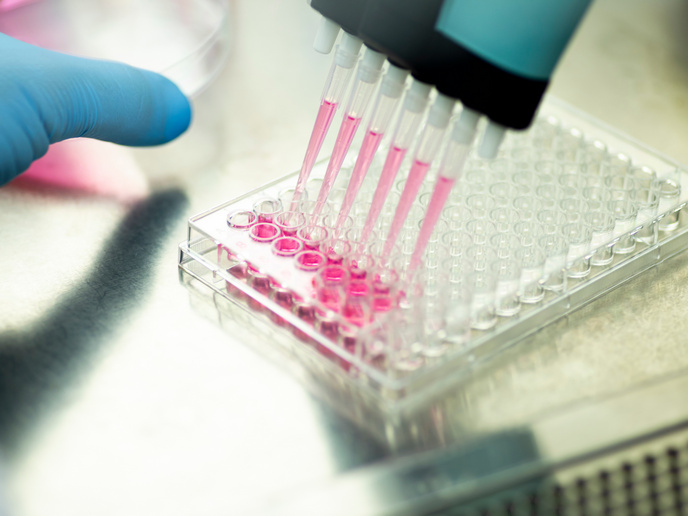Disarming pathogenic bacteria
Bacteria possess hair-like structures on their surface known as pili that act as antennae for host recognition or as anchors for bacterial attachment. As a result, they play an important role in bacterial virulence as they determine the specificity of adhesion to different cell types. The assembly of pili in bacteria takes place through three different membrane-bound macromolecular systems, including the chaperone-usher (CU) and the Type 4 pilus (TFP) assembly system. The EU-funded (P-USHER) project investigated this complex machinery and the CupB CU pilus assembly system which operates in the pathogenic Pseudomonas aeruginosa. The TFP system in Neisseria meningitides was also analysed. Scientists successfully cloned the genes encoding the pilus assembly components and performed pull-down assays to characterise the interaction and resolve the binding of the system proteins. They devoted considerable efforts towards optimising crystallisation experiments to obtain a high-resolution structure of the active and inactive forms of this pilus assembly machinery. The long-term goal was to identify specific targets of therapeutic applicability and design small molecule inhibitors which could bind and impair pilus formation. Dissecting the pathway of pilus formation could provide a novel, targeted therapeutic approach against pathogens such as Pseudomonas aeruginosa and Neisseria meningitides. With the increasing emergence of antibiotic resistance, such new interventions are highly desirable, benefitting the healthcare and pharmaceutical sector as well.







